Carotenoids don’t affect flavor but reduce appeal for consumers

Catfish producers in the United States are going through a difficult time with high input prices and low selling prices. In the last several years, a significant portion of the U.S. market for frozen fillets has been lost to imports and other meat proteins. It is more important now than ever for the U.S. catfish industry to produce a consistent, high-quality product to remain competitive and regain lost market share.
Yellow fillets
Yellow pigmentation in catfish fillets has been reported in research literature for decades, and in recent years, it has again become a major industry concern. There has been consumer push back for fillets that exhibit yellow coloration from species like catfish that are known as “white fish.” This concern has especially expressed itself by buyers in the fresh market.
The yellow pigments in the fillets are carotenoids, which do not affect the flavor of the fish. However, when yellowish catfish fillets are presented next to white fillets in the same refrigerated cases, consumers see the yellowed fillets as old, spoiled or damaged in some way. Such variations have caused some major fresh fish buyers to look for alternative white fish products for their fresh seafood cases.
Study setup
A study was developed to investigate linkages between the occurrence of yellow pigmentation in catfish fillets and on-farm production practices. As such linkages are defined, best practices can be developed to change producer management to diminish the occurrence of yellow fillet pigmentation. If there is cost involved in the new management strategies, an incentive-based price scale could be offered to encourage producers to adopt the new practices, and buyers of non-yellow fillets would need to pay a higher price, as well.
From December 2009 through December 2011, two processing plants in Alabama, USA, provided categorized data on the percentages of catfish fillets that exhibited sufficient yellow pigment to be considered “tainted” in the eyes of buyers. Data was collected on the first harvests to go through the plants each day, so the fillets could be identified with a specific farm and specific pond.
After receiving the yellow fillet information from the processing plants, a survey of production practices was conducted with each producer concerning the individual ponds from which the data was obtained. Surveys were conducted for 154 individual ponds spanning 28 farms in western Alabama, Mississippi and Arkansas.
The survey consisted of 25 questions having 126 production management variables. Correlation analysis was used to identify variables that were highly correlated with the occurrence of yellowness in the fillets. Those variables were then used as explanatory variables in regression models to identify the management practices most responsible for the occurrence of yellow fillets.
Results
The regression models with the best explanatory power included the management variables “days off feed before harvest,” “average feeding rate in the summer,” “number of batches of fish in the pond,” “pond volume” and “alkalinity.” These variables accounted for 63 percent of the model variation in the occurrence of yellow fillet coloration.
Considering the nature of the survey, which relied heavily on producers’ memories of the practices used during the prior 18 to 24 months, explaining 63 percent of the variation was quite good. Variables such as “method of copper sulfate application,” “fillet size” (Fig. 1), and “season” (Fig. 2), were highly correlated with yellow fillet coloration.
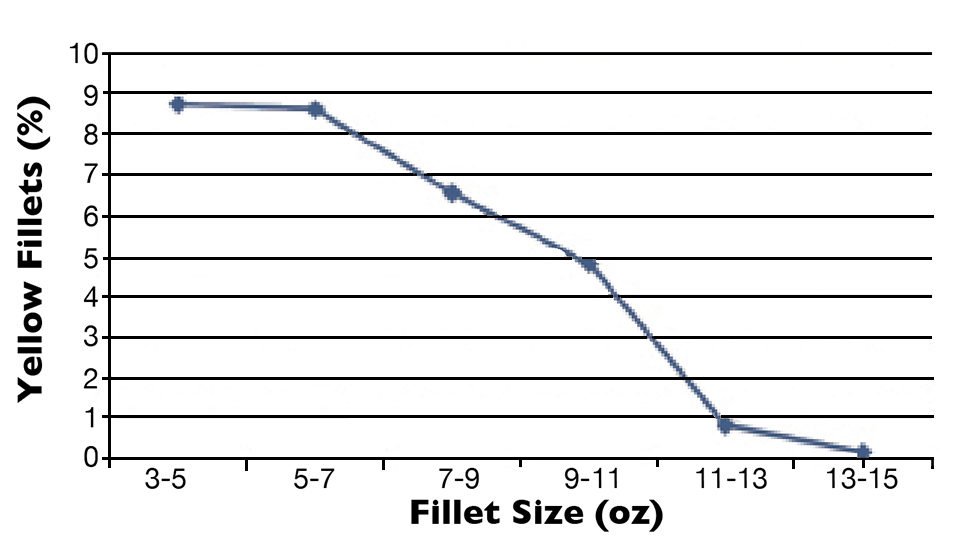
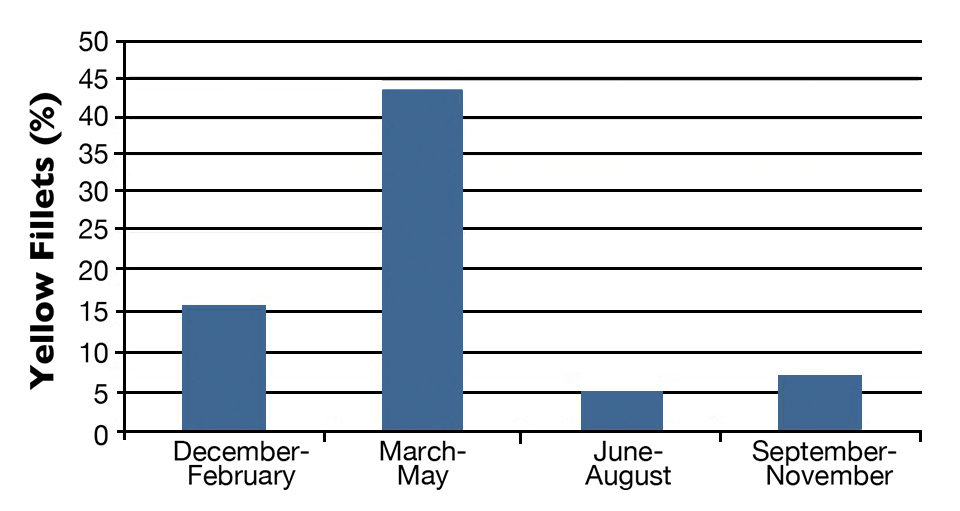
Feeding strategies
The study indicated two areas of management that strongly affected yellow fillet coloration: feeding strategies related to multiple-batch production systems and algae control. It seemed essential to keep the fish fully fed on a commercial ration to discourage them from foraging on natural food items in the pond. The longer feed was withheld from fish before harvest, the greater was the occurrence of yellow fillets, indicating fish began to consume natural food soon after being taken off feed.
Through the winter months, it is common for fish to be left off feed for weeks at a time, if not the entire winter, causing them to forage for natural food items during warmer winter weather. A subsequent spike in the occurrence of yellow fillets was seen as the spring season began, most likely due to the long period of fasting from commercial diets over the winter.
Also, the fact that smaller fish demonstrated a significantly higher occurrence of yellowness in fillets is important when discussing stocking and feeding strategies. It is likely that some fish in multiple-batch production systems do not receive their full ration of commercial diets because of competition for the available feed, which is limited due to water quality concerns. Smaller fish are forced to forage for supplemental natural productivity, which is linked to yellow fillet pigmentation.
Algae control
The other major area of management associated with the occurrence of yellow fillet coloration is related to algae control. Several significant regression variables addressed water quality, such as alkalinity, aeration, feeding rate and salinity. These variables can affect the type and quantity of algae present in ponds.
Management variables concerning “type of copper sulfate applied” and the pond water variable “alkalinity” showed that the ability to evenly mix the copper sulfate and its effectiveness in reducing blue-green algae had an important effect on yellow fillet occurrence. The method of algal control – such as frequent doses of copper sulfate to control the density of algal blooms and/or mixing of the ponds through aeration to discourage the growth of blue-green algae – may also help reduce the occurrence of yellow pigmentation in catfish fillets.
Perspectives
More research needs to be conducted to find threshold values for the variable “days off feed before harvest” in order to determine the number of “fasting” days before fish begin to forage enough to develop a yellow fillet problem. Also, focused studies to identify the exact effects of copper sulfate on the occurrence of yellow fillets are needed.
(Editor’s Note: This article was originally published in the May/June 2013 print edition of the Global Aquaculture Advocate.)
Authors
-
Corey Courtwright
Auburn University
Department of Fisheries and Allied Aquaculture
203 Swingle Hall
Auburn, Alabama 36804 USA -
Terry Hanson, Ph.D.
Auburn University
Department of Fisheries and Allied Aquaculture
203 Swingle Hall
Auburn, Alabama 36804 USA
Tagged With
Related Posts
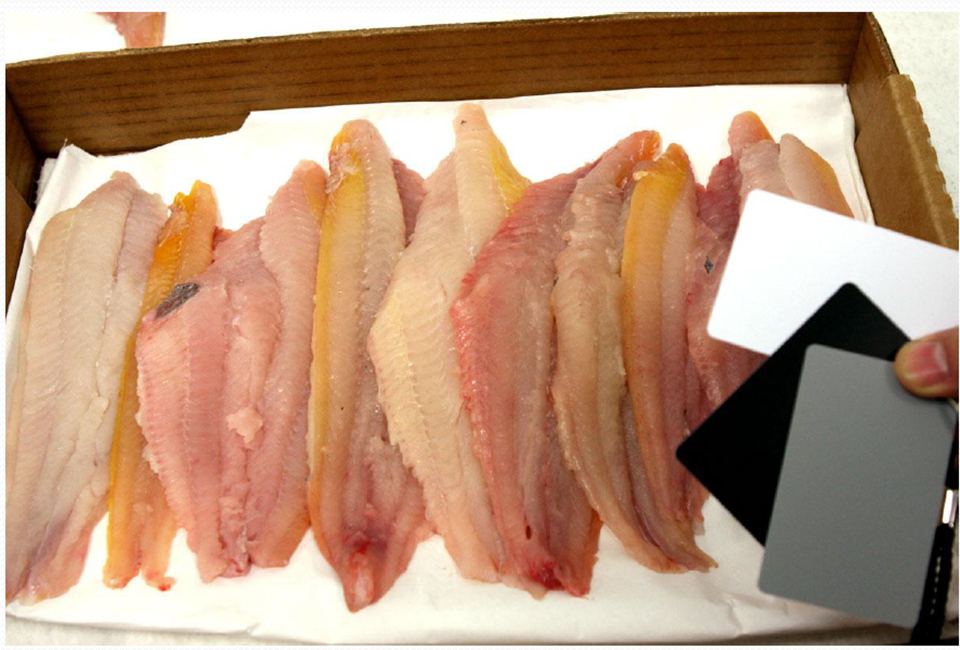
Innovation & Investment
Assessing coloration in channel catfish fillets
Because consumers look at color to gauge quality of catfish fillets, the authors developed a digital photography measurement method to assess yellowness.
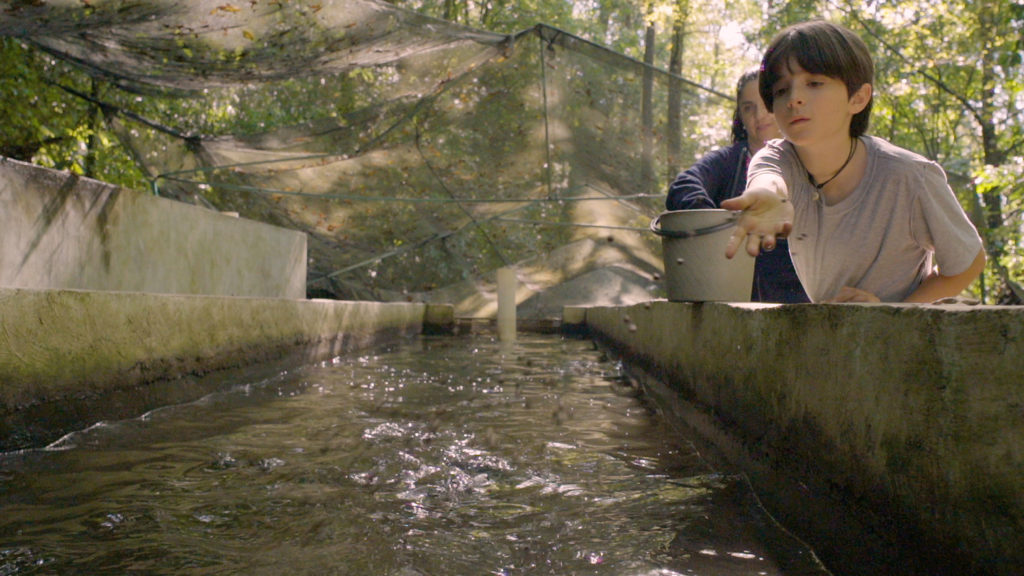
Intelligence
A motive, and a market, for farmed fish in Mexico
Boasting ample areas for aquaculture and a robust domestic demand for seafood – not to mention its close proximity to the U.S. market – a land of opportunity lies in Mexico. Fish farming is primed to meet its potential south of the border.
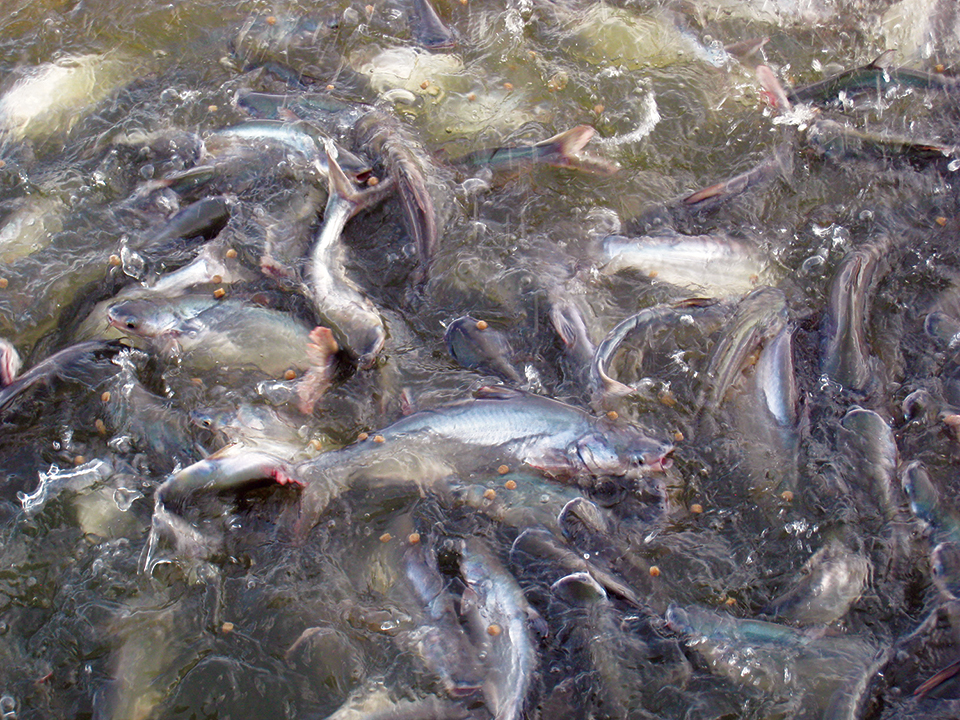
Health & Welfare
Amino acid supplementation reduces protein levels in pangasius diets
Trials show that supplementation with amino acids could reduce protein levels from a typical 28 percent to 23 percent in pangasius diets.

Aquafeeds
Animal byproduct concentrates useful tools in formulation
With the market volatility of fishmeal, as well as rising sustainability concerns, the aquaculture industry is seeking sources of protein, such as animal byproduct concentrates, to substitute for fishmeal.


